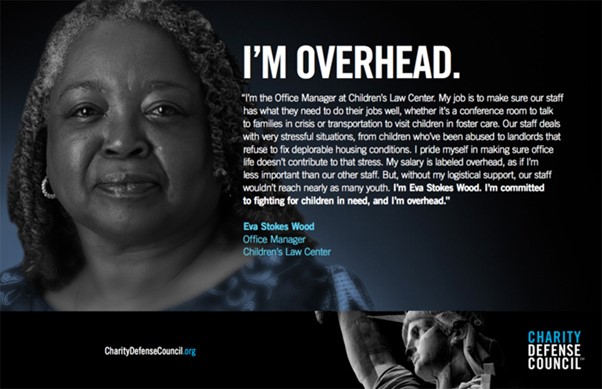This week, Social Ventures Australia (SVA) and the Centre for Social Impact (CSI), in collaboration with Philanthropy Australia, launched their new report Paying what it takes, with the call to action for grantmakers to fund indirect costs – that is, costs that cannot be directly attributed to a specific program or project – in order to create a long-term impact.
While it is not a new conversation for the sector, it is one that needs to be highlighted. In their series of reports Partners in recovery, which analysed the financial health of over 16,000 Australian charities using ACNC data, SVA and CSI share that many charities operate with thin or no margin and did so even before the COVID-19 crisis and many charities operate with limited reserves. The reports also show a majority of charities reported that recent events had put strain on their financial operations, and more than half of the organisations were worried they would not be able to provide their services in the current economic climate.
Some of you may be familiar with campaigns run in the United States highlighting the importance of funding indirect or overhead costs like HR, IT, and finance, like this one from the Charity Defence Council:

They even sell “I’m Overhead” t-shirts and encourage non-profit staff members to purchase and wear them to start the conversation.
So, while this has been a long-running conversation in the US, what does the ‘paying what it takes’ approach mean for Australian and New Zealand charities and non-profits?
Here are the key findings from the report:
- Indirect costs should not be used to assess organisational efficiency, effectiveness, or fundability.
- The drivers of indirect cost underfunding are complex and deep-rooted.
- Non-profits ‘true’ indirect costs often far exceed the amount they are funded.
- Underfunding of indirect costs leads to lower capability and effectiveness.
Evaluating nine case studies, the report also found that indirect, or overhead costs, make up an average of 33% of the total cost of the charity. And as reported by Pro Bono News, funding agreements typically accounted for indirect costs of just 10 to 20 percent.
A common theme amongst the case studies was underreporting – meaning that many organisations admitted to underreporting their indirect costs to funders in order to secure funding.
So, what is the call to action for both funders and non-profits?
The Paul Ramsay Foundation has already announced that they are setting an interim 30 per cent standard for indirect costs across funding agreements, with the flexibility to shift that percentage higher or lower, depending on the specific need of the organisation.
There are also a number of philanthropic organisations that ‘pay what it takes’ in their own way. For example, CAGES Foundation opts for a partner-led funding focus and building trust through shared due diligence and long-term relationships, and Westpac Foundation funds the business, not the program, and aims to understand, and help organisations understand, their costs and cost structure. Perpetual Impact Funding also funds administrative costs like staff salary and travel, all essential to run a for-purpose business, just like any other business.
The report lists a number of key actions that can be taken to drive change including:
- building an evidence base around what full-cost funding can achieve to help shift the sector towards better practice,
- building a common language around overheads and indirect costs and,
- actively engaging in processes that build up trust between fundees and funders.
Doug Taylor, CEO of The Smith Family, who was part of the online report launch, also noted that while funders need to understand the unique role of non-profits, non-profits have their own role to play in confidently and unapologetically talking about their unique value.
A common theme that came out of the discussion around the report
In attending the report launch, we noticed a common theme amongst panellists from both the charity perspective and philanthropy perspective – the importance of trust and relationships.
Without strong relationships between the grantmaker and grantseeker, it is hard to broach the subject of indirect costs. Strategic Grants cannot advocate this point strongly enough. It is reliant on trust and trust takes time to build.
Illana Atlas, Paul Ramsay Foundation Board Member, shared an example that speaks directly to this point. She recalled a philanthropic organisation that originally granted funds to a non-profit for an innovative project at the time, digital capability. However, even though IT and digital capabilities are now considered a ‘business as usual’ cost, the philanthropic organisation still provides on-going financial support to the project, because over time, trust was built, and the funder could see first-hand the benefits of their funding thanks to open communication with the non-profit.
Find out more
You can read the full report here, which was supported by the Paul Ramsay Foundation and Origin Energy Foundation:
https://www.philanthropy.org.au/tools-resources/paying-what-it-takes
Strong funder relationships have always formed a core part of our grant-seeking strategy. In fact, only 20% of a grant-seeker’s time should be devoted to the actual writing of an application. Developing and nurturing funder relationships, robust project planning, and evaluation play a huge role in a successful grants strategy. Get in touch to find out more!
